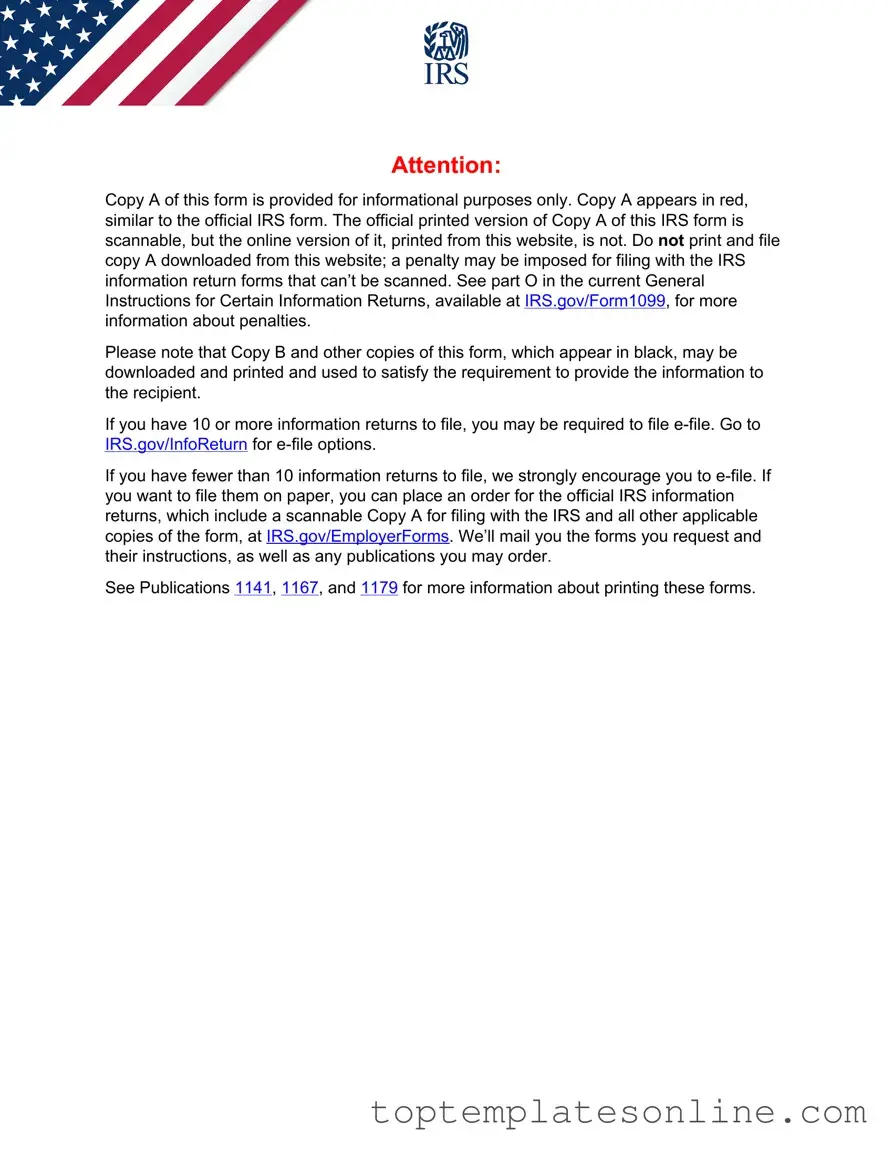The IRS 1099-MISC form plays a crucial role in the reporting of various types of income that individuals and businesses receive throughout the year. This form is primarily used to report payments made to independent contractors, freelancers, and other non-employees for services rendered, as well as for certain other types of income, such as rent or royalties. If you’ve paid someone $600 or more in a year for their services, you’ll likely need to file a 1099-MISC. The form requires specific information, including the payer’s and recipient’s details, the amount paid, and the nature of the payment. It's important to note that the 1099-MISC has been updated in recent years, with some reporting responsibilities shifting to other forms, such as the 1099-NEC for non-employee compensation. Understanding the nuances of the 1099-MISC is essential for compliance with tax regulations, ensuring that all income is accurately reported to the IRS. Filing this form correctly helps avoid potential penalties and keeps your financial records in good standing.
